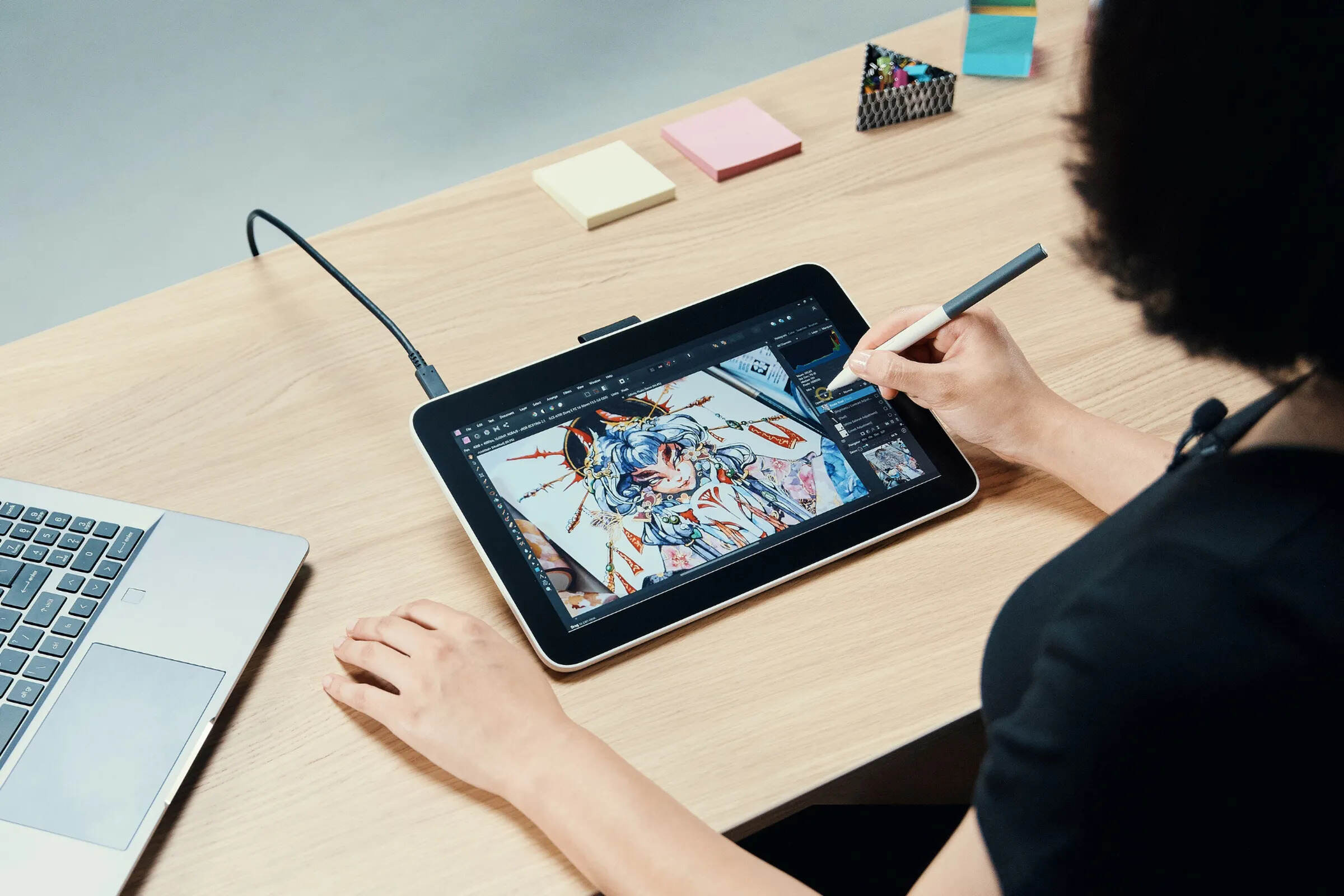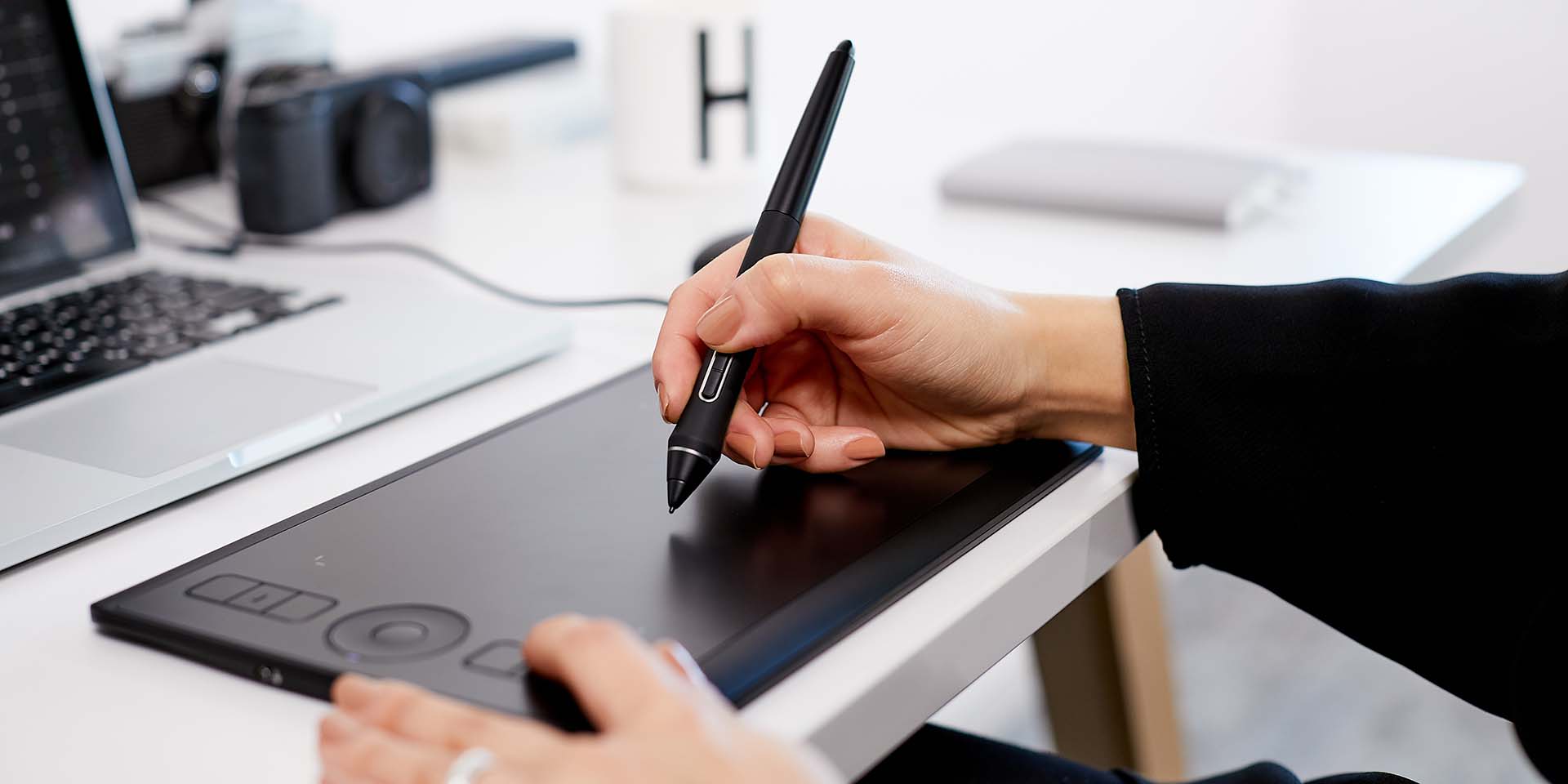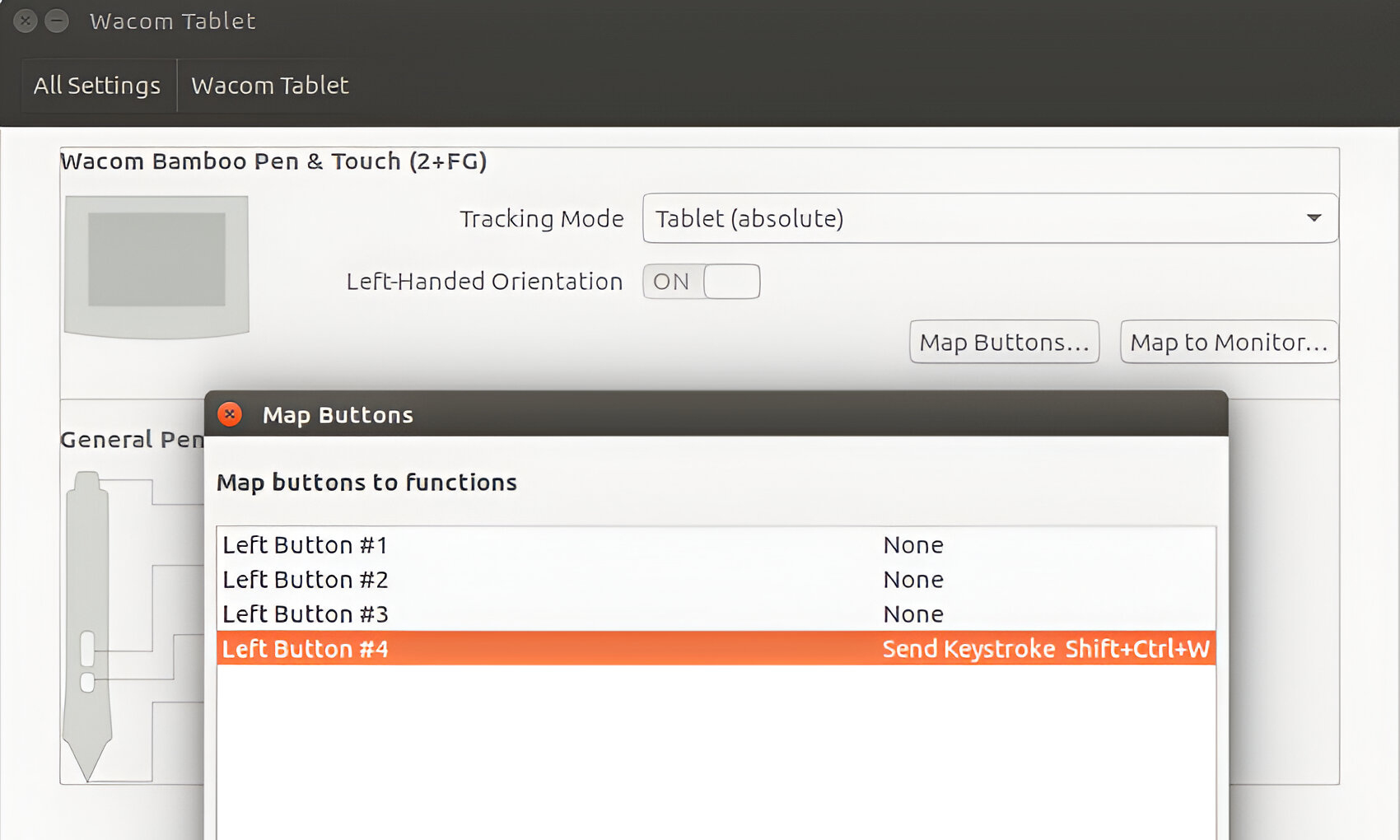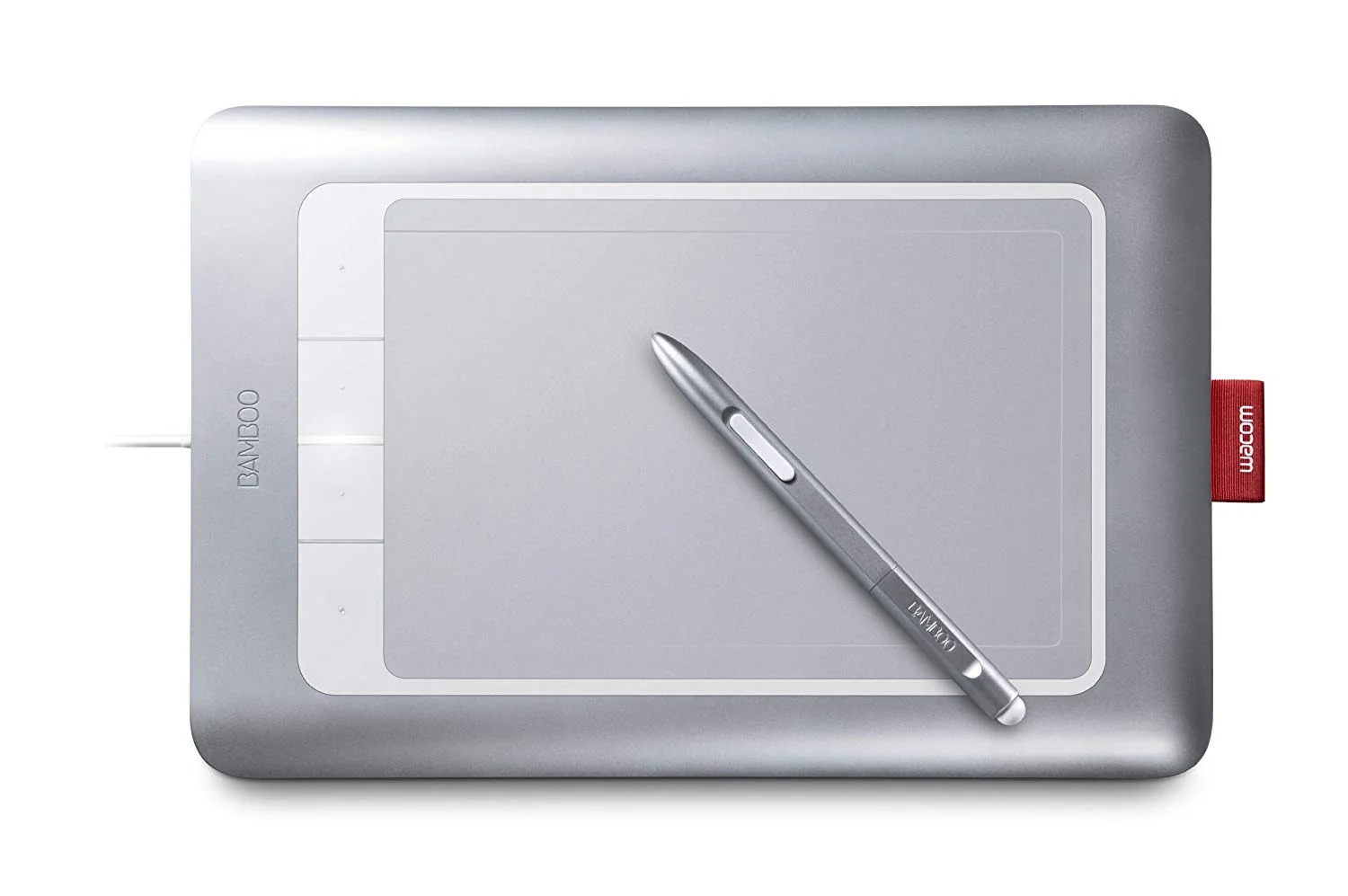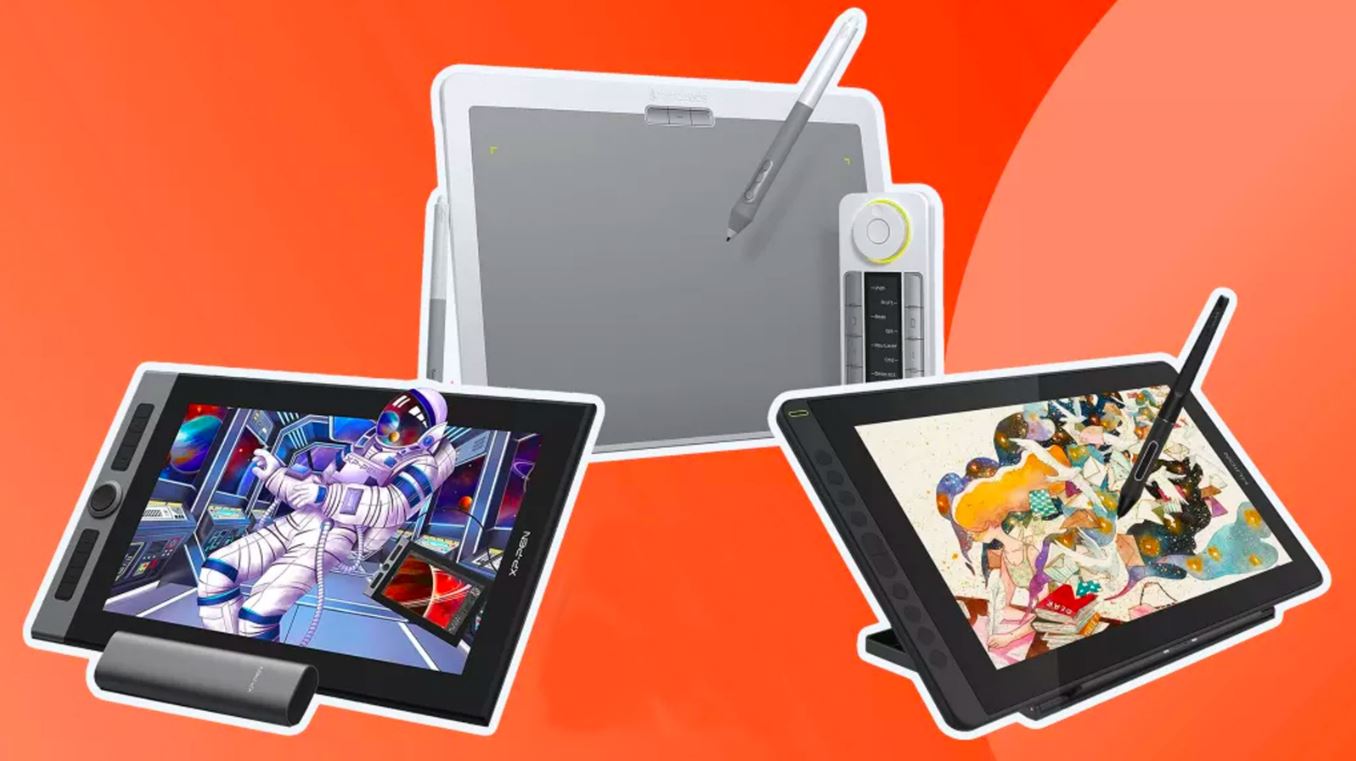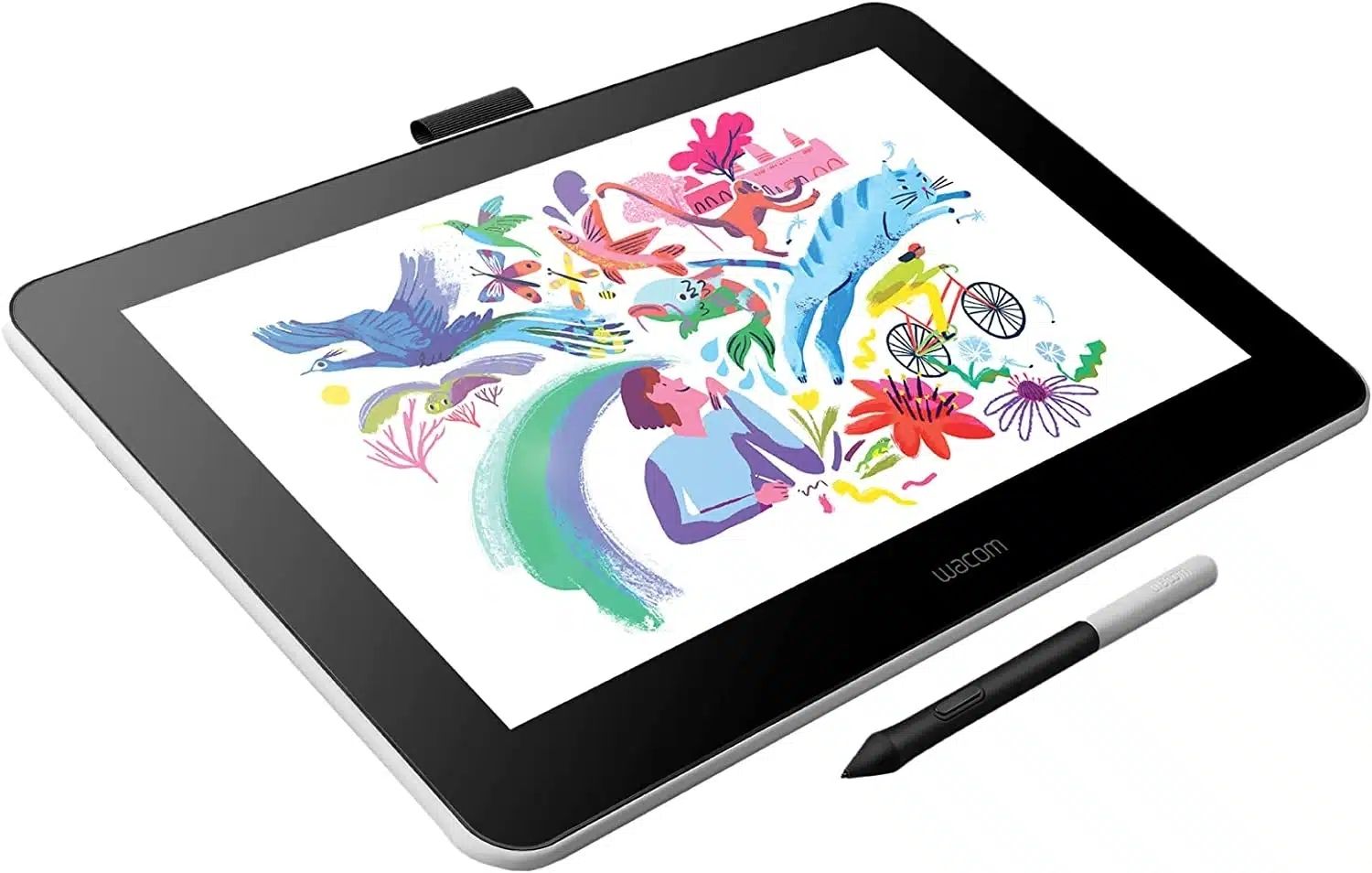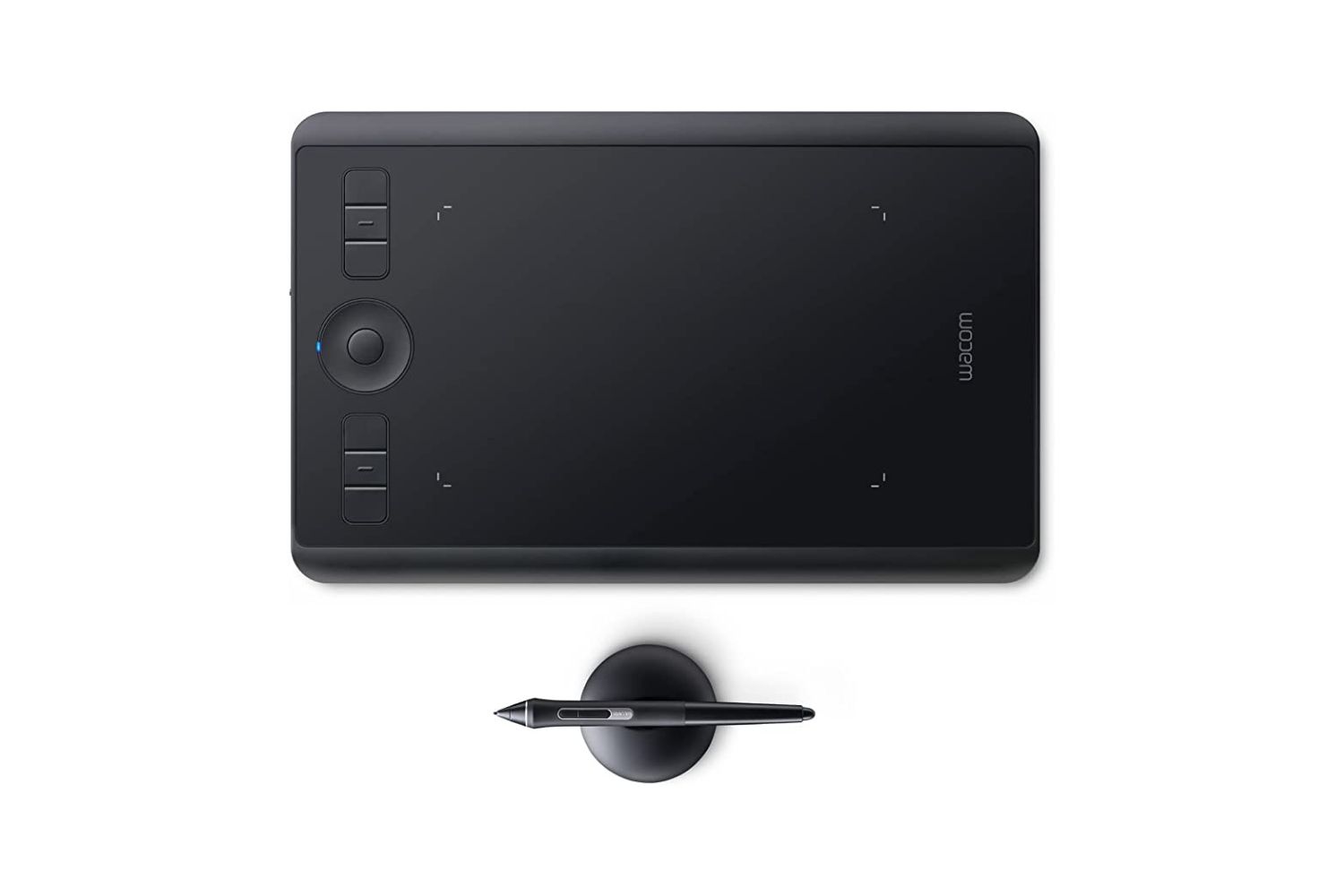Introduction
Resetting the Bamboo tablet driver can be a useful troubleshooting step if you’re experiencing issues with your tablet’s functionality. Whether you’re encountering driver errors, unresponsive touch sensitivity, or other problems, performing a driver reset can often resolve these issues and restore your tablet to full working order.
The Bamboo tablet line, offered by Wacom, is known for its exceptional quality and innovative features. Its drivers act as the bridge between the tablet and your computer, allowing you to interact with digital content in a smooth and precise manner.
In this guide, we will walk you through the steps to reset the Bamboo tablet driver and get it back up and running. Following these instructions will help ensure a proper installation of the driver and eliminate any potential conflicts or compatibility issues.
We strongly recommend following the steps in order, as they are designed to provide a systematic approach to resolving driver-related problems. By the end of this process, you should have a fully functioning Bamboo tablet that will allow you to unleash your creativity and productivity once again.
Note: Before proceeding with the driver reset, make sure to back up any important files or settings, as the process may require you to uninstall the existing driver and remove associated files.
Now, let’s dive into the step-by-step process of resetting the Bamboo tablet driver.
Step 1: Uninstalling the current driver
The first step in resetting the Bamboo tablet driver is to uninstall the current driver software from your computer. This ensures a clean slate for the installation of the new driver.
To begin, open the “Control Panel” on your computer. You can access the Control Panel by searching for it in the Windows Start menu or by pressing the Windows key + X and selecting “Control Panel” from the menu.
Within the Control Panel, locate the “Programs” or “Programs and Features” option and click on it. This will display a list of all the programs installed on your computer.
Scroll through the list and look for the entry associated with your Bamboo tablet driver. It may be listed as “Wacom Bamboo Driver” or something similar. Once you find it, select it and click on the “Uninstall” button.
Follow the prompts to complete the uninstallation process. Depending on your system, you may need to confirm the action and provide administrator permissions.
After the driver software has been successfully uninstalled, restart your computer to ensure that any remaining files or configurations are cleared from memory.
Once your computer has restarted, you can proceed to the next step in resetting the Bamboo tablet driver.
Step 2: Restarting your computer
After uninstalling the current Bamboo tablet driver, the next step is to restart your computer. This step is crucial as it allows your system to start fresh and clears any residual files or settings that might still be present.
Simply click on the “Start” button in the bottom-left corner of your screen and select “Restart” from the power options. Alternatively, you can press and hold the physical power button on your computer until it turns off, then press it again to turn it back on.
During the restart process, your computer will shut down and then boot up again. This may take a few moments, especially if you have a lot of programs or files open. Be patient and allow your computer to go through the entire restart process.
Once your computer has fully restarted, it is ready for the next step in resetting the Bamboo tablet driver.
Restarting your computer is an essential step as it ensures a clean reboot and allows the system to refresh its settings, which can have a significant impact on the installation and performance of the new driver.
Now that your computer has restarted, let’s move on to the next step – downloading the latest Bamboo tablet driver.
Step 3: Downloading the latest driver
To reset the Bamboo tablet driver, you need to download the latest driver software from the official Wacom website. This ensures that you have the most up-to-date and compatible version of the driver for your specific tablet model.
Open your web browser and navigate to the Wacom support website at https://www.wacom.com/support. Once there, locate the “Drivers” section or use the search function to find the driver for your Bamboo tablet model.
Enter the model name or select your tablet model from the provided list. Ensure that you choose the appropriate driver for your operating system (Windows or Mac) and follow any additional instructions or prompts provided on the website.
Click on the download link to start the download process. Depending on your internet connection, this may take a few moments. Once the download is complete, locate the downloaded driver file on your computer.
Before proceeding with the installation, it’s a good practice to temporarily disable any antivirus or firewall software that may interfere with the installation process. This helps to ensure a smooth installation without any issues.
Now that you have successfully downloaded the latest Bamboo tablet driver, it’s time to install it on your computer. In the next step, we will guide you through the installation process.
Step 4: Installing the new driver
With the latest Bamboo tablet driver downloaded onto your computer, it’s time to install it to ensure proper functionality of your tablet.
Locate the downloaded driver file on your computer. It is usually saved in the “Downloads” folder or the location you specified during the download process. Double-click on the file to start the installation process.
Follow the on-screen instructions provided by the driver installer. The specific steps may vary depending on your operating system and tablet model, but generally, you will need to agree to the license agreement, select the installation location, and confirm the installation process.
During the installation, the driver installer may prompt you to connect your Bamboo tablet to the computer. Make sure to connect the tablet using the provided USB cable or any other cable that came with your model.
Once the installation is complete, you will usually see a confirmation message indicating that the driver has been installed successfully. Take note of any additional instructions provided, such as restarting your computer or configuring specific settings for the driver.
After the driver installation is finished, it’s essential to restart your computer once again. This allows the system to fully recognize and integrate the new driver with your operating system.
Now that you have successfully installed the new Bamboo tablet driver, it’s time to move on to the next step – testing the tablet and driver functionality.
Step 5: Restarting your computer again
After installing the new Bamboo tablet driver, it is important to restart your computer once again. This step ensures that any remaining system configurations or settings related to the old driver are cleared, and the new driver can fully take effect.
Click on the “Start” button in the bottom-left corner of your screen and select “Restart” from the power options menu. Alternatively, you can press and hold the physical power button on your computer until it turns off, then press it again to turn it back on.
During the restart process, your computer will shut down and then boot up again. It may take a few moments, especially if you have multiple programs or files open. Allow your computer to go through the entire restart process.
Once your computer has fully restarted, you can move on to the next and final step – testing the functionality of your Bamboo tablet and the newly installed driver.
Restarting your computer again ensures that any changes made during the installation process are properly implemented and that the driver has full control of the hardware. This step can often resolve any remaining compatibility issues and ensure that your Bamboo tablet works optimally.
Now that your computer has restarted, let’s proceed to the final step – testing the tablet and driver functionality.
Step 6: Testing the tablet and driver functionality
Now that you have completed the process of resetting the Bamboo tablet driver, it’s time to test the tablet and driver functionality to ensure everything is working as expected.
Connect your Bamboo tablet to your computer using the provided USB cable or any other cable that came with your model. Once connected, wait for your computer to recognize the tablet and complete the necessary configurations.
Launch your preferred drawing or design software, such as Adobe Photoshop or Corel Painter, and test the functionality of your Bamboo tablet. Check if the tablet responds to your pen input, pressure sensitivity, and any additional features or buttons on the tablet.
If you encounter any issues or the tablet is not functioning correctly, double-check the installed driver version and make sure you have the latest driver installed. You can confirm the driver version by going to the Wacom Tablet Properties or Wacom Desktop Center, which are usually accessible through the system tray icon.
If the problem persists, you may need to consult the official Wacom support resources, such as their website or customer support, for further assistance with troubleshooting the tablet and driver.
On the other hand, if your Bamboo tablet is now functioning properly, congratulations! You have successfully reset the driver and resolved any issues that were impacting its performance.
Remember to keep your Bamboo tablet driver up to date by periodically checking for driver updates on the Wacom website. Updated drivers often come with improvements, bug fixes, and compatibility enhancements that can further enhance your tablet’s functionality.
With your Bamboo tablet and driver working seamlessly together, you can now fully immerse yourself in your creative projects and enjoy a smooth and productive drawing experience.
That concludes the process of testing the tablet and driver functionality. Now you can continue using your Bamboo tablet with confidence and enjoy its full potential.
Conclusion
Resetting the Bamboo tablet driver can be a straightforward solution to various issues you may encounter with your tablet’s functionality. By following the step-by-step guide provided in this article, you can successfully reset the driver and restore your Bamboo tablet to its full working order.
Throughout this process, you have learned how to uninstall the current driver, restart your computer, download the latest driver, install it correctly, restart your computer again, and test the tablet and driver functionality.
Remember that it’s crucial to download the latest driver from the official Wacom website to ensure compatibility and optimal performance. Additionally, restarting your computer at key points in the process helps the system implement the changes properly.
If you encountered any issues during the driver reset process or if your Bamboo tablet is still not functioning correctly, we recommend reaching out to Wacom’s official support channels for further assistance. They have valuable resources and knowledgeable support staff who can address your specific concerns.
Regularly checking for driver updates and keeping your Bamboo tablet driver up to date is also highly recommended. This ensures that you have the latest features, bug fixes, and compatibility enhancements, providing an optimal user experience and avoiding potential issues in the future.
Now that you have successfully completed the driver reset process and confirmed the functionality of your Bamboo tablet, you can fully enjoy creating digital art, designing, or simply using your tablet for everyday tasks with confidence.
Embrace the creative possibilities that your Bamboo tablet offers and let your imagination flourish!









